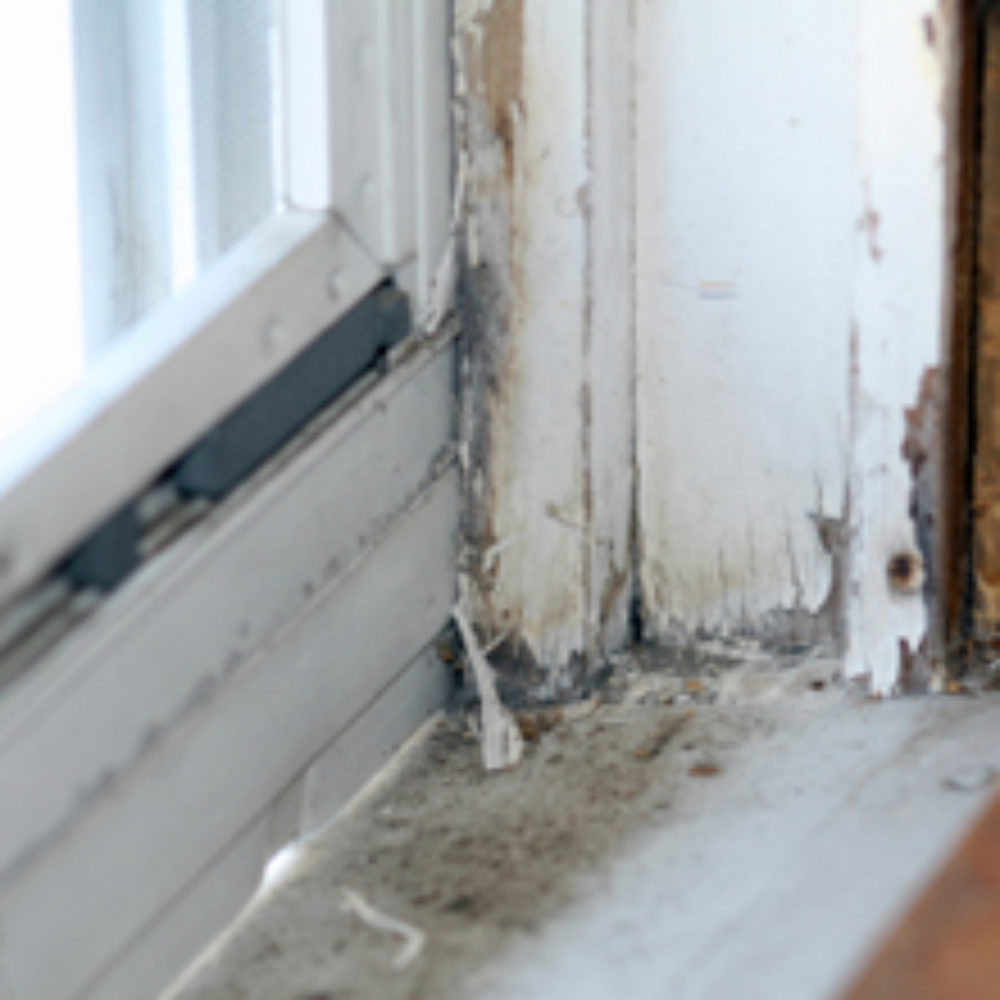Lead Paint Class Action Lawsuit Filed Over Kennedy Krieger Study

A world-renowned Baltimore pediatric hospital faces a number of lawsuits over studies that some parents say knowingly exposed children to lead paint, resulting in lead poisoning that has left some of the children with permanent brain damage and developmental problems.
The complaints have been filed against Kennedy Krieger Institute, which is known for its excellent behavioral development research and community outreach, with parents alleging that the institute allowed them to move into homes with lead paint problems, telling them that the homes were free of risk. Their children have since developed developmental problems the parents blame on lead paint exposure.
According to the lawsuits, some of which have been going on for years, Kennedy Krieger lead poor parents to believe that houses on Baltimore’s east side, which had recently had some lead paint removed as part of a partial abatement program, were completely risk free. They then allegedly allowed the parents to move in under the impression that the homes were lead paint safe to see what would happen.

Learn More About
Children diagnosed with lead poisoning after exposure to peeling or chipping lead paint in a rental home may be entitled to financial compensation and benefits.
Learn More About this Lawsuit SEE IF YOU QUALIFY FOR COMPENSATIONAlthough the study was conducted 20 years ago, the institute still faces ramifications, a black mark on its record, and ongoing lawsuits, according to a story published in the Baltimore Sun.
Several cases are currently pending in Baltimore Circuit Court. Some have been dismissed, some settled, and at least one case resulted in a $2.5 million verdict against a landlord that was involved in the study, but none have led to a ruling against the institute itself.
The study was allegedly conducted to investigate the effectiveness of different techniques for lead paint abatement, aimed at finding the best way to remove the toxic paint and reduce risks associated with lead paint exposure in old homes throughout Baltimore City, where lead paint exposure has been a chronic problem for decades.
Parents say they were not told the lead paint removal procedures were experimental, and that they were actually being studied to see if their children would be affected by lead paint dust from failed procedures.
In 2001, the Maryland Court of Appeals allowed cases to go forward, comparing Kennedy Krieger’s actions to those of the Tuskegee experiments in the 1930s, which knowingly withheld syphilis treatment from hundreds of African American men for 40 years to see how it affected them. In this case, most of the subjects were poor minority families with children.
One of the most common causes of lead poisoning in the United States is lead based paint, which was banned in this country in 1978 due to the risk of severe and permanent brain damage it posed, especially among children.
Lead paint exposure has been linked to developmental problems in children and may even lower IQ. Other side effects of lead poisoning can include injury to the nervous system, seizures, growth or mental retardation, coma and death.
Lead paint is still found in many old homes and in public housing in many urban areas. Approximately half a million children have blood lead levels between 1 and 5 mcg/dl, which the U.S. Centers for Disease Control and Prevention considers unsafe.
Get more articles like this sent directly to your inbox.
"*" indicates required fields






0 Comments